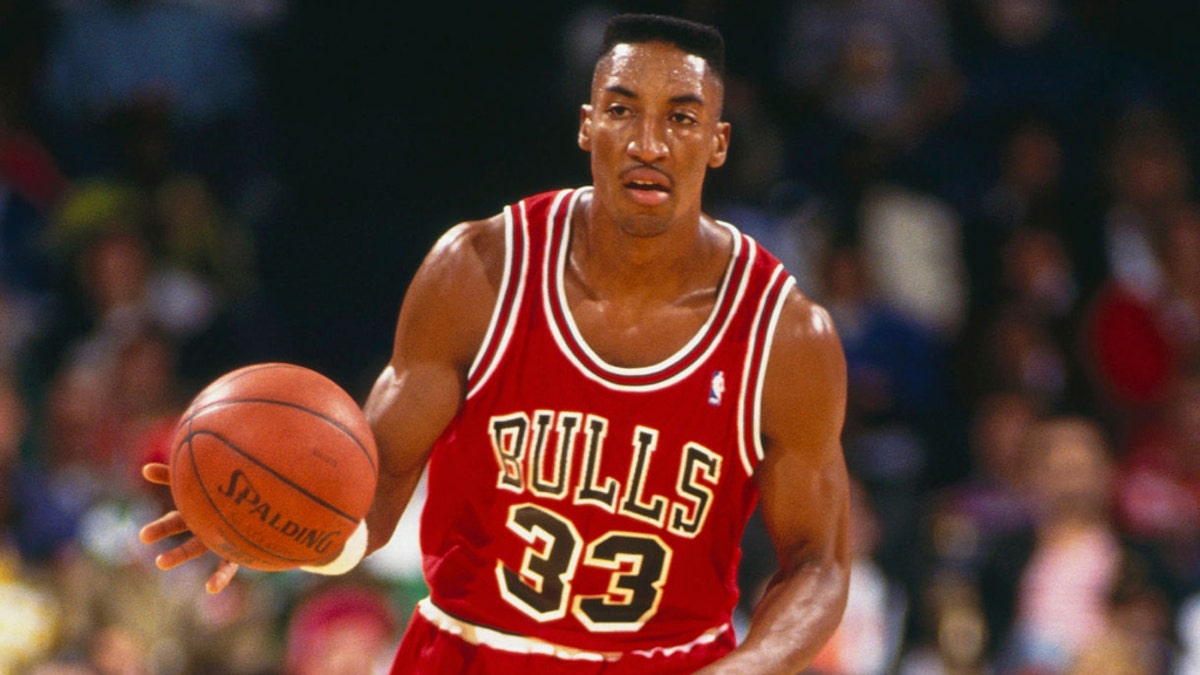SAD NEWS: A driver using his phone and not stopping at a red light crashed into the car of a 59-year-old man who was out with his family, when rescuers got closer they discovered it was the Chicago Bulls legend… -orange
In a heartbreaking incident that has shocked fans and the general public alike, a car crash involving a driver who was using his phone and ran a red light collided with the vehicle of a 59-year-old man out with his family. The situation took a dramatic turn when rescuers arrived and discovered that the victim was none other than a legendary figure from the Chicago Bulls, a name etched in basketball history. This tragic event has ignited a fierce controversy, raising urgent questions about distracted driving, road safety, and the treatment of celebrities in moments of crisis.
Thank you for reading this post, don’t forget to subscribe!
:max_bytes(150000):strip_icc():focal(839x644:841x646)/scottie-pippen-e5e994e490964d7a97d94e5f49e661b4.jpg)
Distracted driving remains one of the most pressing and preventable causes of road accidents worldwide. The fact that the driver was using a phone and ignored a red light highlights a reckless disregard for public safety that has devastating consequences. This incident serves as a grim reminder that no one is immune to the dangers posed by distracted driving—not even celebrated sports icons. The tragedy has sparked widespread outrage, with many demanding stricter laws, harsher penalties, and more aggressive public awareness campaigns to combat this deadly behavior.
However, the involvement of a Chicago Bulls legend adds a complex layer to the public discourse. Fans and media outlets have flooded social platforms with expressions of sympathy and grief, but this attention also raises questions about privacy and respect for the victim’s family during such a vulnerable time. Some argue that the intense media scrutiny on the basketball star’s condition and personal details borders on exploitation, turning a private tragedy into a public spectacle. This tension reflects a broader societal debate about the balance between public interest and individual dignity, especially when celebrities are involved.

Moreover, the crash has reignited discussions about the responsibilities of drivers and the role of technology in road safety. While smartphones have become indispensable, their misuse behind the wheel continues to claim lives. Critics argue that current measures to prevent distracted driving are insufficient and that technology companies should do more to design safer devices or implement features that disable phone use while driving. Others believe that education and cultural change are paramount, emphasizing personal accountability over technological fixes.
The incident also prompts reflection on the vulnerability of pedestrians and families enjoying everyday moments. The 59-year-old man was reportedly out with his family, underscoring how innocent lives can be shattered in an instant by careless actions. This human aspect often gets overshadowed in celebrity-related news, but it is crucial to remember that behind every headline are real people affected by tragedy.

In addition, the crash has sparked debate about the role of emergency responders and healthcare systems in managing high-profile cases. While the Chicago Bulls legend’s status ensures rapid medical attention and media coverage, many ordinary victims of similar accidents do not receive the same level of care or public concern. This disparity raises uncomfortable questions about equity and the influence of fame on access to resources and justice.
In conclusion, the tragic accident involving a distracted driver and a Chicago Bulls legend is more than just a news story—it is a catalyst for urgent conversations about road safety, responsible technology use, celebrity privacy, and social equity. The incident exposes the deadly consequences of distracted driving and challenges society to rethink how it addresses this preventable danger. At the same time, it calls for compassion and respect for all victims, regardless of their public stature. As the community mourns and debates, one undeniable truth emerges: the need to prioritize safety and humanity on our roads has never been more critical.